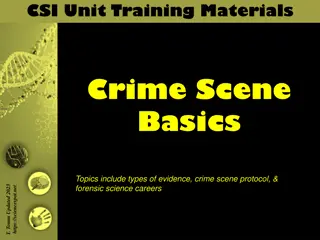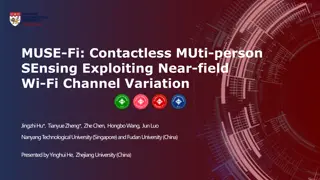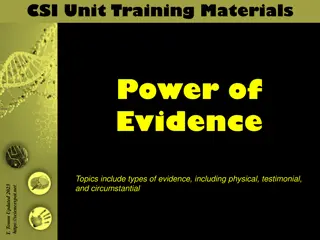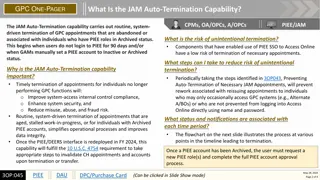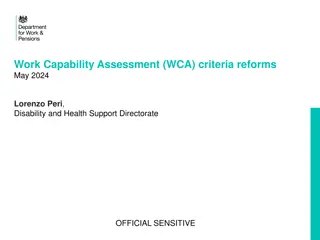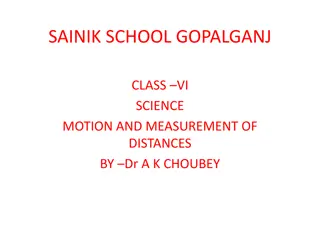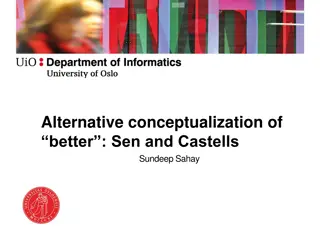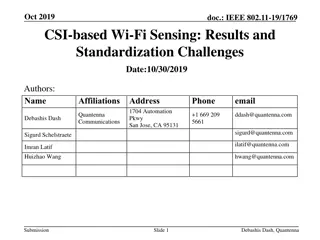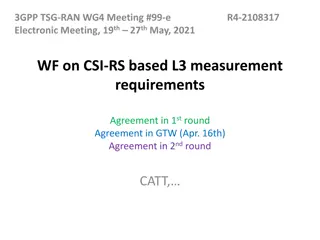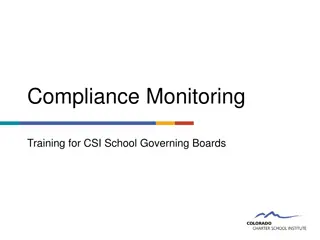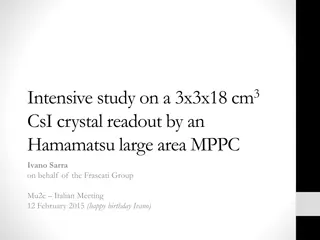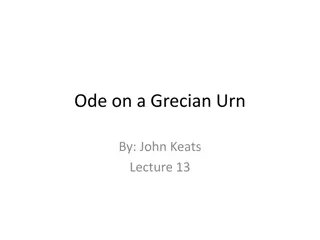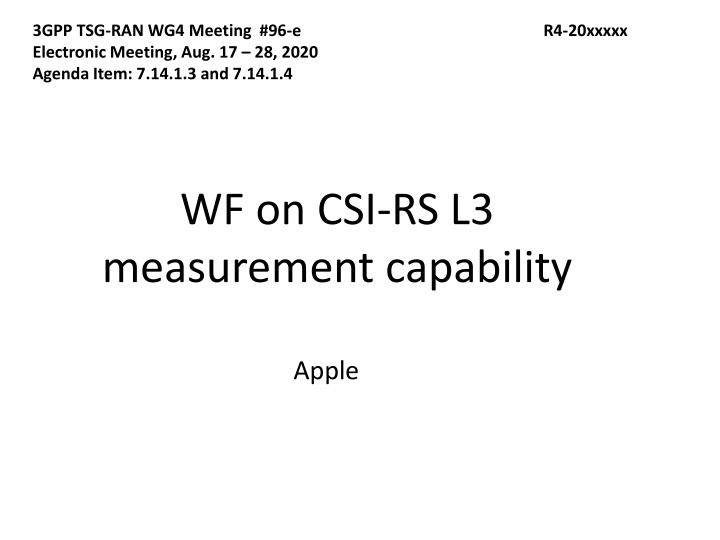
3GPP TSG-RAN-WG4 Meeting #96-e Electronic Meeting Agenda
Explore key agenda items such as counting SSB and CSI-RS for mobility, monitoring frequency layers for UE, and the number of cells and CSI-RS resource beams to be monitored in the context of 3GPP TSG-RAN-WG4 Meeting #96-e Electronic Meeting. Join the discussion on these critical aspects of L3 measurement capability in wireless networks.
Download Presentation

Please find below an Image/Link to download the presentation.
The content on the website is provided AS IS for your information and personal use only. It may not be sold, licensed, or shared on other websites without obtaining consent from the author. If you encounter any issues during the download, it is possible that the publisher has removed the file from their server.
You are allowed to download the files provided on this website for personal or commercial use, subject to the condition that they are used lawfully. All files are the property of their respective owners.
The content on the website is provided AS IS for your information and personal use only. It may not be sold, licensed, or shared on other websites without obtaining consent from the author.
E N D
Presentation Transcript
3GPP TSG-RAN WG4 Meeting #96-e Electronic Meeting, Aug. 17 28, 2020 Agenda Item: 7.14.1.3 and 7.14.1.4 R4-20xxxxx WF on CSI-RS L3 measurement capability Apple
Issue 1-1-1: Whether CSI-RS and SSB for mobility configured in the same MO are counted as 2 layers SSB and CSI-RS for mobility configured in the same MO should be considered as 2 layers.
Issue 1-1-2: Whether multiple MOs can be counted as one frequency layer Up to two MO corresponding to one frequency layer are considered in R16 and further enhancement is considered in R17
Issue 1-1-3: How to count SSB frequency layers Number of SSB layers should include SSB for mobility and that as associatedSSB for CSI-RS mobility the ssbfrequency is counted only once if the ssbfrequency for mobility and associated SSB are the same, or ssbfrequency in multiple MOs are the same.
Issue 1-1-4: Number of frequency layers to be monitored UE shall be able to measure at least 1 SSB intra-frequency layer and 1 CSI-RS intra-frequency layer per serving cell 7 SSB inter-frequency layers and 7 CSI-RS inter-frequency layers 8 NR inter-frequency layers including SSB and CSI-RS in total, 13 NR inter-frequency and inter-RAT layers in total
Issue 1-2-1: Number of cells to be monitored The cells to be monitored based on CSI-RS can be the same set or a subset of the cells monitored based on SSB.
Issue 1-3-1: Number of CSI-RS resource/beams to be monitored The number of CSI-RS resource/beams to be monitored can be at least For intra-frequency measurement for FR1: 32 For intra-frequency measurement for FR2: 32 For inter-frequency measurement for FR1: 14 For inter-frequency measurement for FR2: 24
Issue 1-3-2: Neighbor cell CSI-RS resource measurement in FR2 For each FR2 band, UE is required to measure neighbour cell CSI-RS on one CSI-RS layer, whose associated SSB should be on the same SSB layer as the one where UE is required to measure neighbour cell SSB
Issue 1-4-1: Whether to introduce minimum separation between two slots With time domain restriction introduced for CSI-RS resource configurations, do not introduce UE capability for minimum separation between two slots in Rel-16 It is not a typical configuration that the last CSI-RS symbol in slot n is consecutive with the first CSI-RS symbol in slot n+1. The measurement requirements apply provided that the maximal number of CSI-RS resources in any duration that equal to the length of a slot is no larger than maxNumberCSI-RS-RRM-RS-SINR RRM test cases are to be defined with configurations where CSI-RS resources in any two consecutive slots are separated by at least 7 symbols
Issue 2-5-1: New UE capability on the simultaneous reception of CSI-RS and SSB/Data introduce new UE capability on the simultaneous reception of intra-frequency CSI-RS and intra-frequency SSB within the active BWP bandwidth. Remove FG[12-1]: UE capability on the simultaneous reception of CSI-RS of neighbor cell and SSB of serving cell For UE that support simultaneous processing capability of SSB and CSI-RS, the SSB and CSI-RS layers can be merged into 1 layer which only counted once in both measurement capability and the CSSF requirements if All CSI-RS are configured within the SMTC window configured in the same MO The SSB RBs configured in the same MO are covered by the CSI-RS BW Clarify in TS38.133 that UE behavior is not specified if 3 mixed numerologies are configured simultaneously.
Issue 2-6-1: Searcher assumption for CSI-RS based measurement The minimum RRM core and performance requirements in TS38.133 should be specified based on the assumption that CSI-RS and SSB based measurement share two measurement engines, a.k.a. searcher in SSB discussion. The related RRM requirements should not preclude the scenarios where UE implements dedicated searchers for CSI- RS and/or more than two searchers
Issue 2-6-2: CSSF outside of gap (for intra-frequency CSI-RS based measurement) CSSF outside of gap is specified based on the assumption that CSI-RS and SSB based measurement share two measurement engines, a.k.a. searcher in SSB discussion. FFS on if both scenarios or one of them are considered in R16 Scenario 1: CSI-RS resources and SSB are fully or partially overlapped in time domain Scenario 2: CSI-RS resources and SSB are non-overlapped in time domain
Issue 2-6-3: CSSF within gap (for inter-frequency CSI- RS based measurement) Define the CSSF within gap assuming CSI-RS and SSB should be considered as different frequency layers. Consider only one MO (i.e., SSB or inter-frequency CSI-RS based MO) can be measured within each gap instance due to sharing of the gap between SSB and CSI-RS MOs

